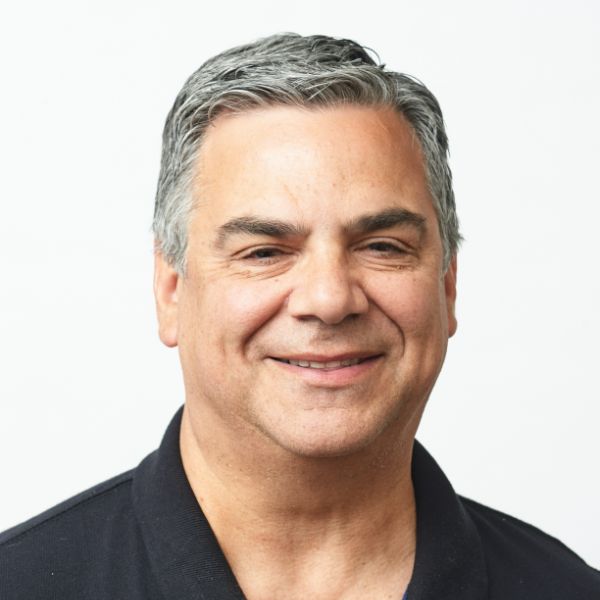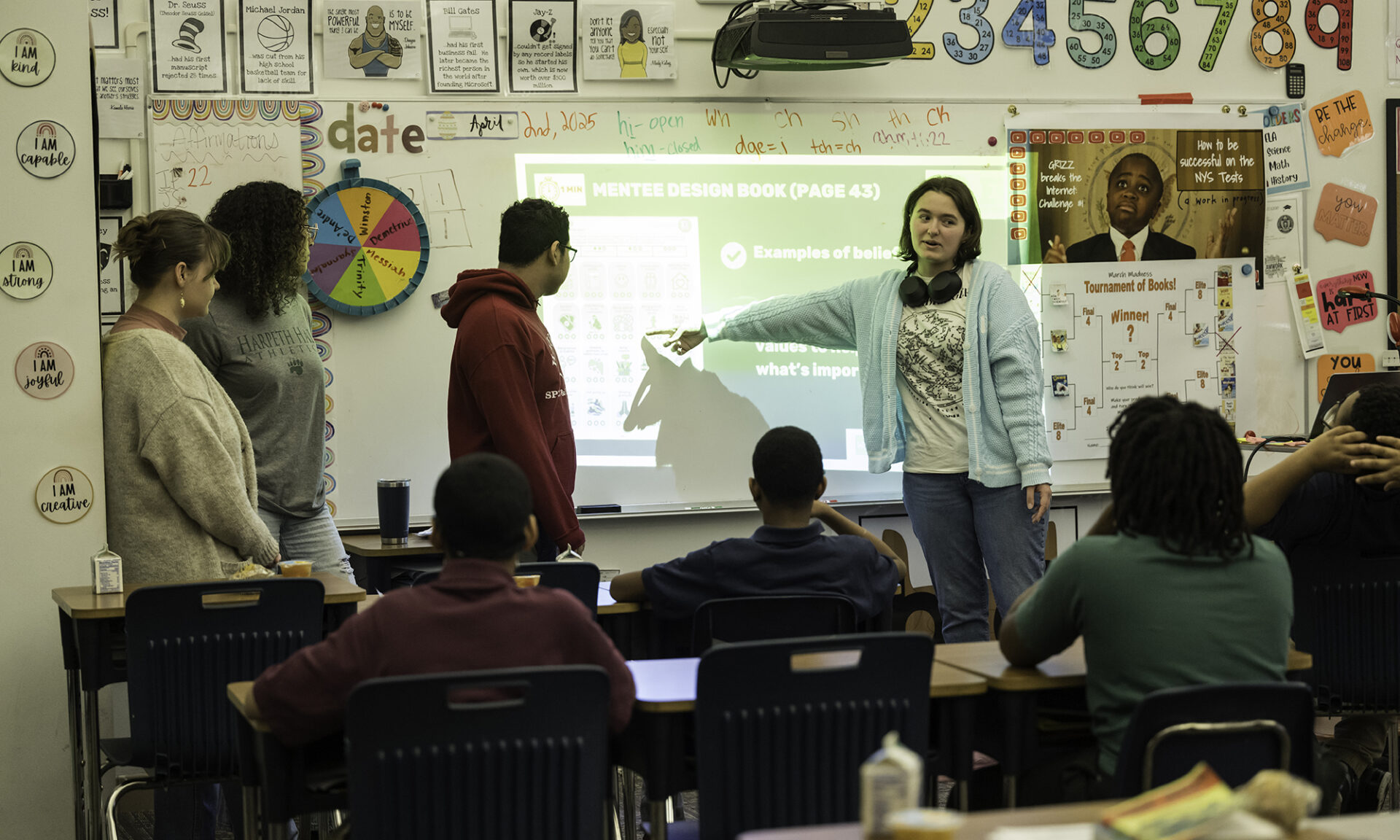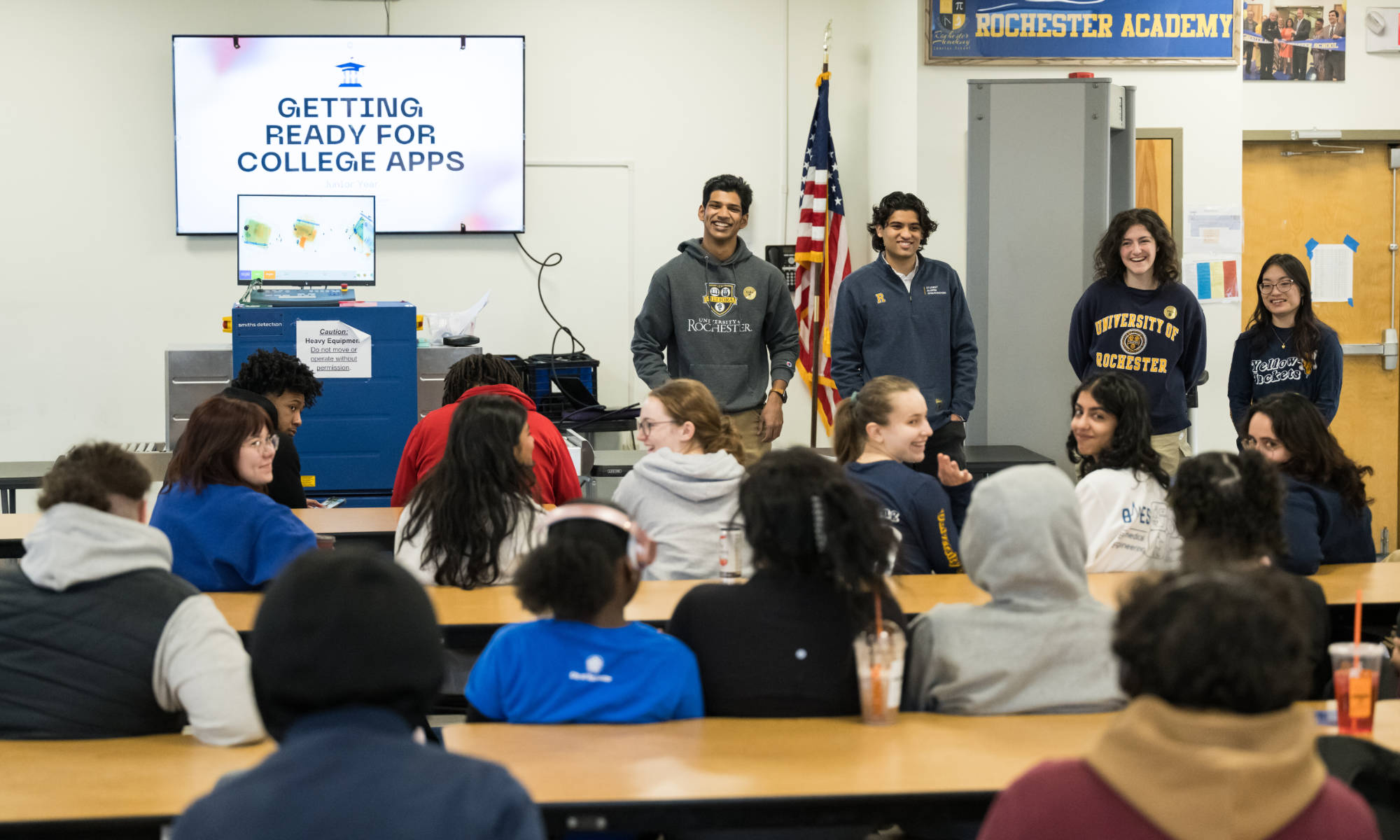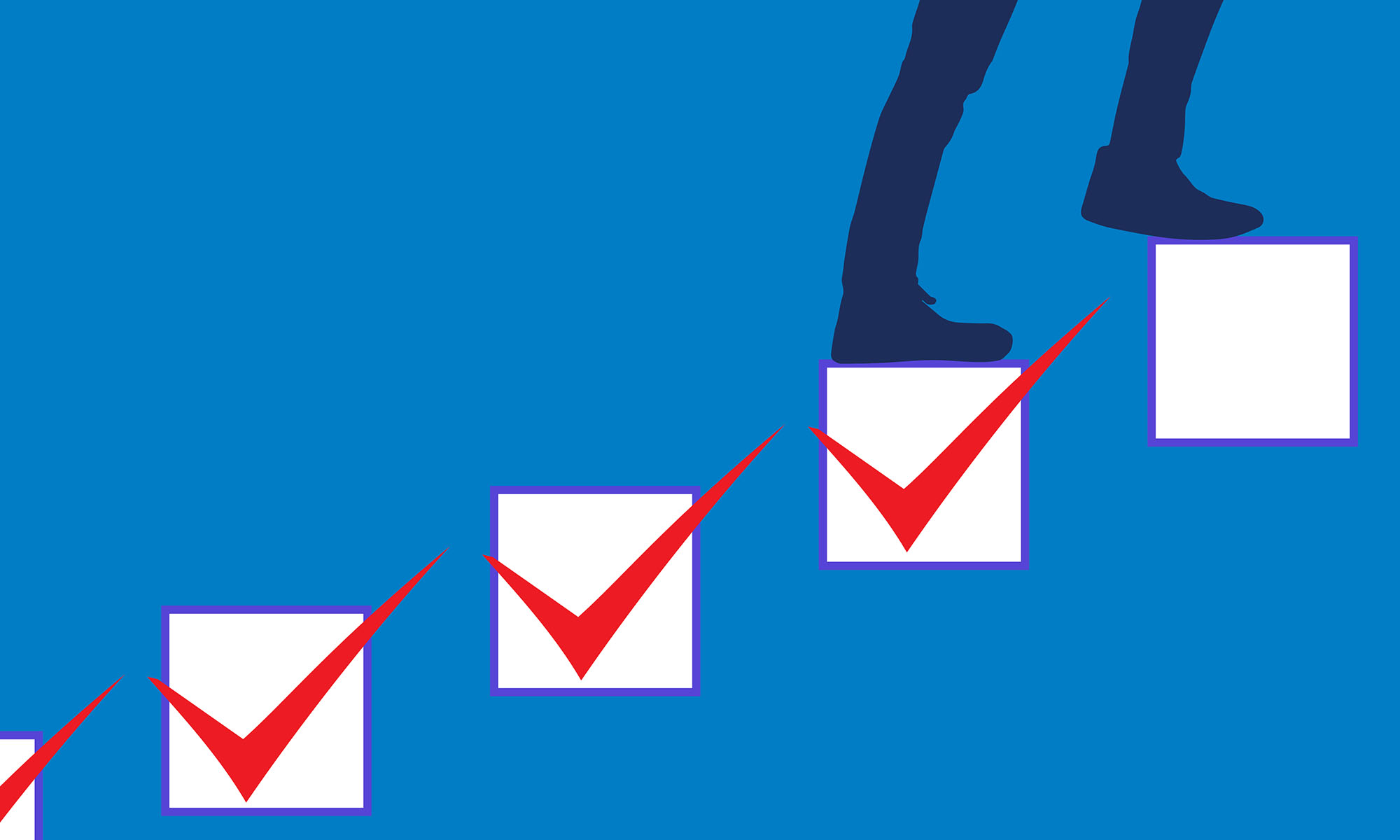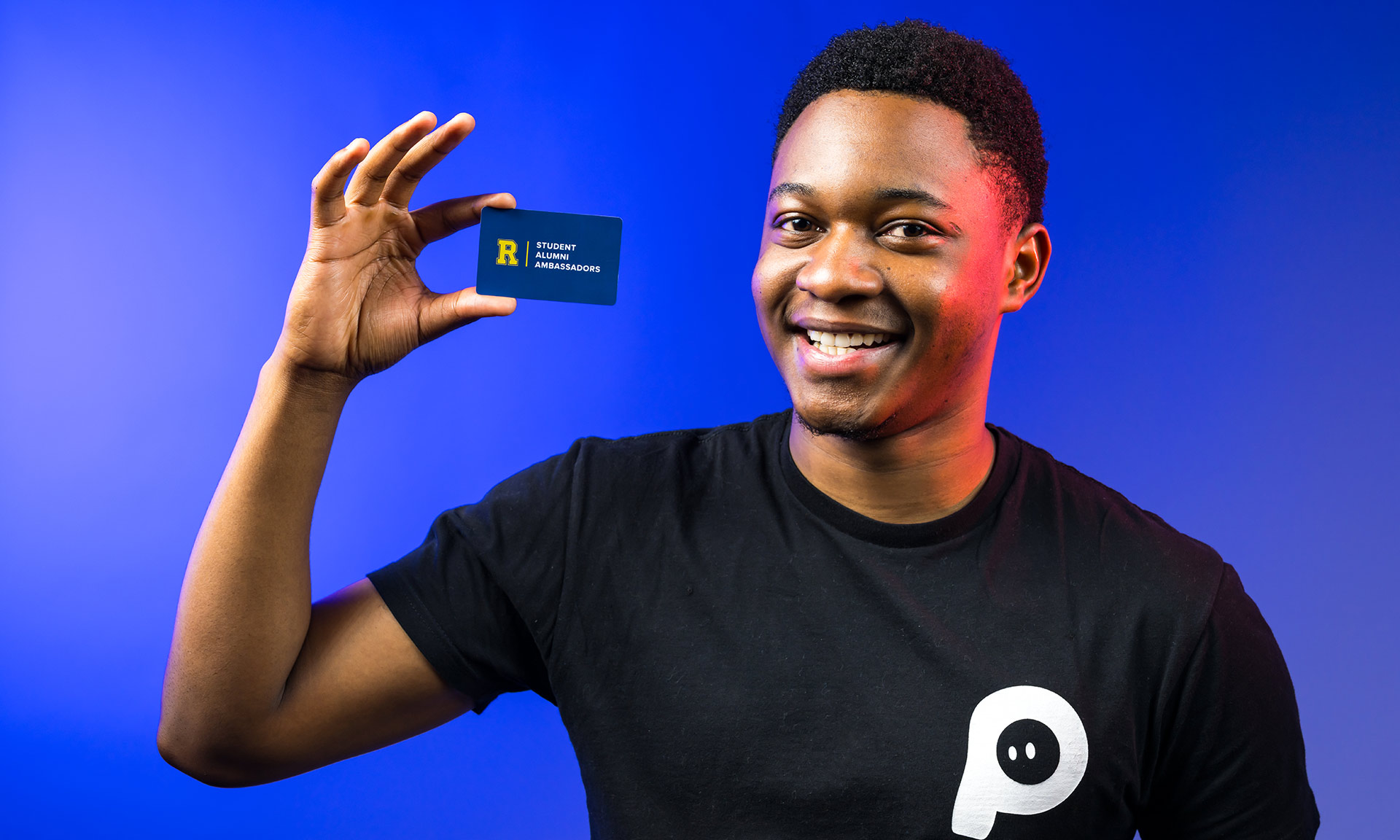The University’s chapter of the national program Eye to Eye engages and uplifts area middle schoolers with learning differences.
It’s Wednesday morning at Rochester Prep Middle School—time for another classroom visit from a group of University of Rochester students.
The impromptu questions start immediately.
“What’s college like?”
“Do I get to live on my own?”
“Do you have a roommate?”
“What’s your favorite class?”
The undergraduates patiently answer the questions and then formally begin another Eye to Eye session at the charter school, located about three miles from the University’s River Campus.
The mentors are members of the University’s chapter of the national nonprofit peer mentoring program run by the Neurodiversity Alliance. Neurodivergent refers to someone whose brain functions differently from the average or “neurotypical” person. It’s an umbrella term encompassing a range of neurological variations, including conditions like autism, ADHD, and dyslexia.

College students with those learning differences work to improve the educational experiences of younger students who face similar challenges. Eye to Eye was established in 1998 by a group of Brown University students with learning differences. Today, there are 30 chapters across the United States—20 in high schools and 10 in universities. Rochester’s chapter was created in 2016.
“We’re trying to help the students in this special education classroom understand the way that their brains work,” says Jenna Savino ’26, Rochester’s Eye to Eye chapter president and a molecular genetics major from Bergen County, New Jersey. “All of the University students who serve as mentors are also neurodivergent, giving the middle schoolers someone to relate to and be motivated by. We try to show them that college and various career paths are all achievable for people with these learning differences. If we can do it, so can they.”
Building self-esteem through arts-based projects
According to the Learning Disabilities Association of America, one in five students in the United States has learning or attention challenges. Eye to Eye mentors help younger students understand their unique way of learning through programs that build self-esteem and the skills needed to become self-advocates and, potentially, future college students.

Approximately five Rochester students visit Prep six times each semester for an hour, working with middle schoolers on arts-based projects that allow them to create a project and then present it to their classmates. The Rochester students can vary by week, but the goal remains the same: By creating art—and sharing the results—the hope is that each student’s self-esteem and social meter expand.
Past assignments have included working as a team to build a tower using pipe cleaners, decorating masks that reflect each student’s emotions, and creating paper fortune tellers with self-regulation strategies.
Chapter vice president Sreejato Chatterjee ’26, a computational biology and data science double major from Rockville, Maryland, says the fortune teller assignment served a specific purpose. “The idea was that students would go through specific emotions in the fortune teller,” he says, “and we would teach strategies on how to control these emotions, like calming down or talking to a friend if you feel angry or sad.”
Meetings that ‘make us feel inspired’
On this Wednesday, the topic is personal values. Prep students are asked to list the people and things in life that are most precious to them, and then present their list to the class. The answers range from family and pets to basketball, food, and friends. “My dream is to play in the NBA (National Basketball Association),” student Daniel Adams says. “If that falls through, I want to be a science teacher.”
That latter dream might have been as improbable as the first if not for the support provided by programs like Eye to Eye. According to the National Center for Education Statistics, about 20 percent of students with learning disabilities attend a four-year college or university, and only approximately 11 percent attend graduate school.

Chatterjee says being part of a program like Eye to Eye when he was younger would have been game-changing. “It would have allowed me to understand my feelings and emotions and to learn independence and manage issues like anxiety and stress on my own,” he says. “What’s amazing is I can help others be the best version of themselves. I’m helping younger students have a chance to grow their confidence and uplift themselves in a world where that can be hard to do or navigate.”
Julie Johns, Prep’s special education coordinator, says the visits from Rochester students give her students a view into the challenges and rewards of college life.
“It’s been a great addition to our schedule,” Johns says. “Our students really benefit from being able to have conversations with the University students and ask questions about what college and career readiness looks like. Our kids look forward to the program every week.”
Delilah Steinmann, program manager of mentoring and special programs for the Neurodiversity Alliance, says Rochester has been a mainstay in the Eye to Eye program for nearly a decade.
“It’s been an honor to work with their chapter,” Steinmann says. “It’s uplifting to see a college that understands the value in bringing this program to life with such energy and excitement. Rochester has also contributed greatly to our network of alumni who stay connected and give back to our current program participants.”
For middle-schooler and aspiring professional athlete Adams, the weekly meetings with Rochester students have given him hope. He sees the students as “successful role models” who have navigated similar challenges and achieved a major milestone. “It’s cool to have the older college kids come here,” he says. “It makes us feel inspired.”

